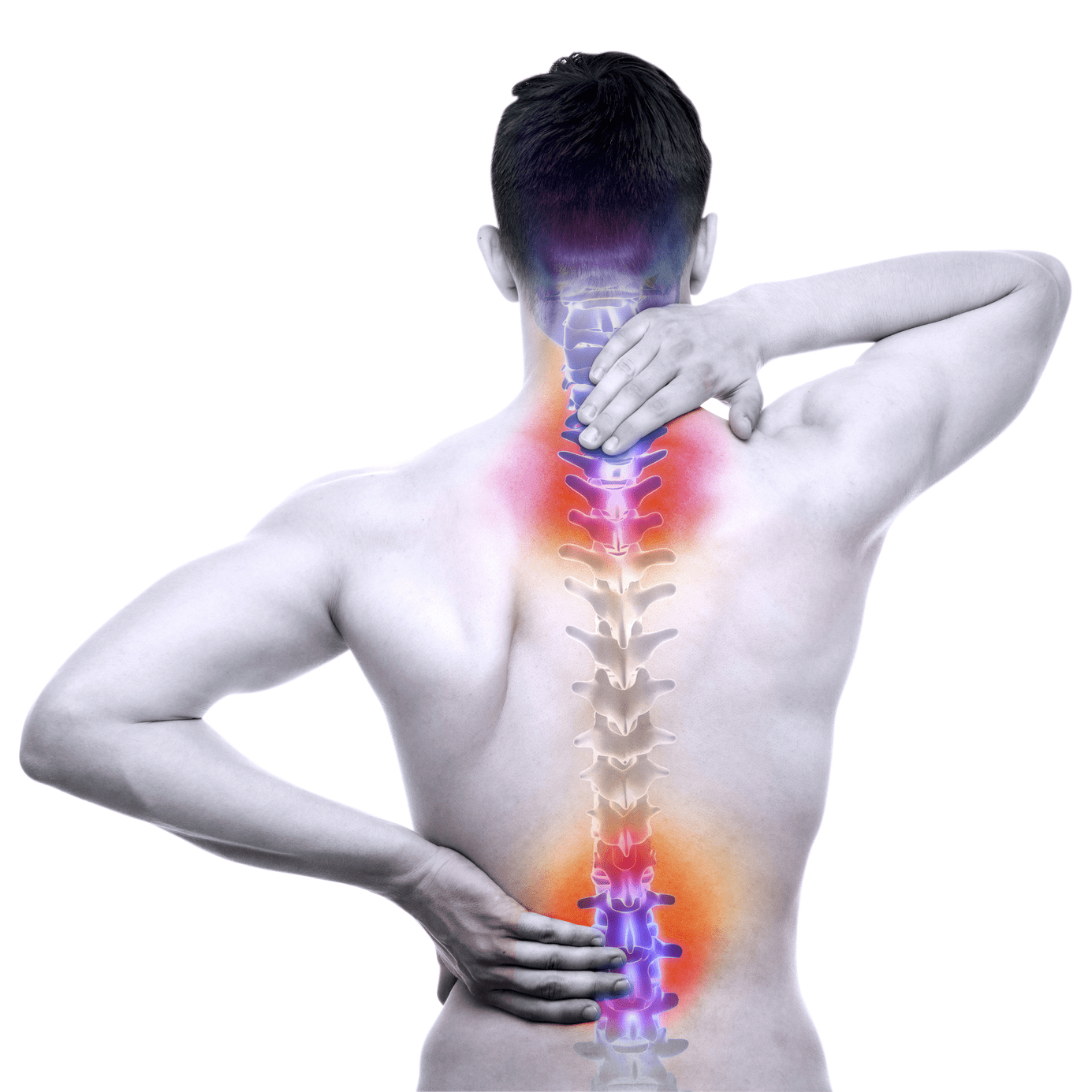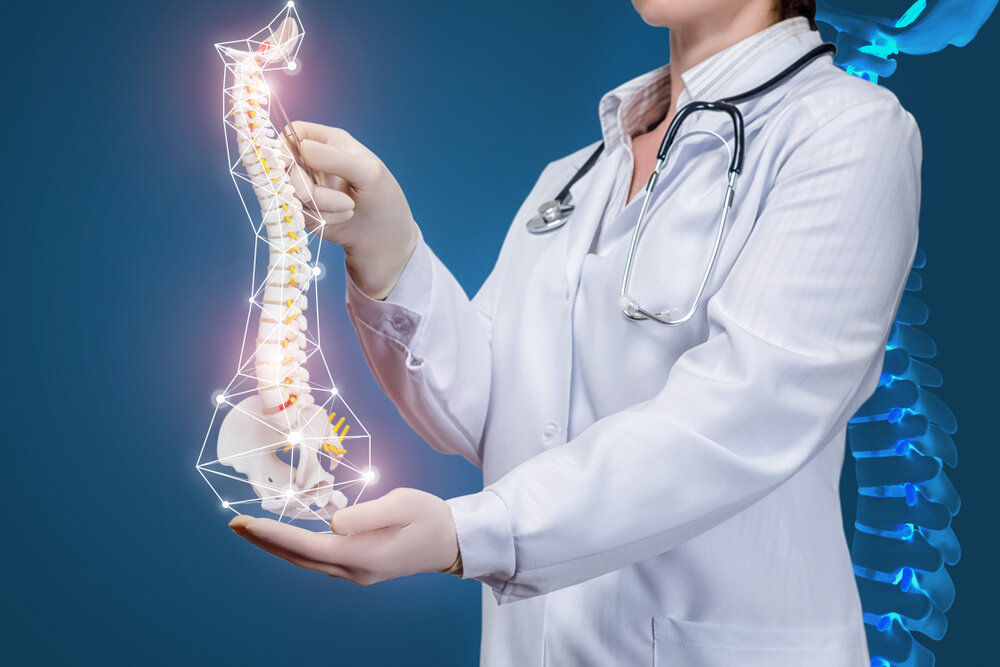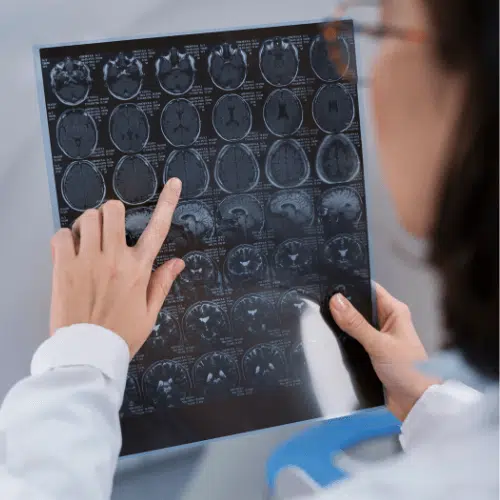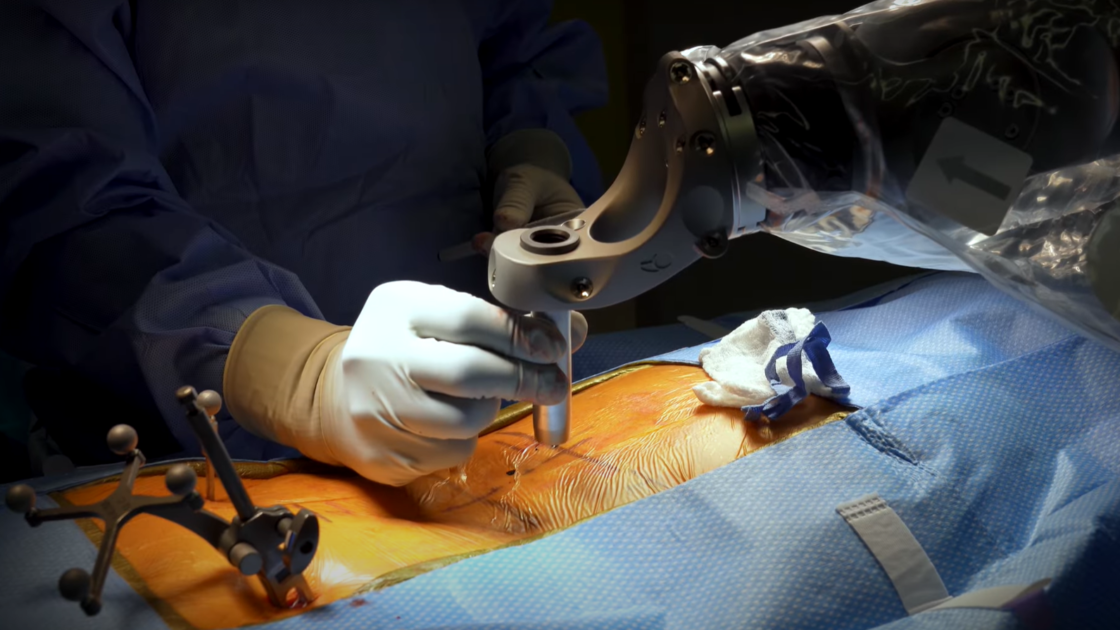Common Procedures Performed by the Best Spine Surgeons in St Louis MO
Common Procedures Performed by the Best Spine Surgeons in St Louis MO
Blog Article
An Overview of Spinal Column Problems That Commonly Lead To Surgical Therapies
Back problems such as herniated discs, spine constriction, and degenerative disc illness regularly require surgical treatments when traditional treatments fall short to reduce consistent symptoms. Recognizing the subtleties of each condition and the corresponding medical choices, such as discectomy or back blend, is critical for efficient management.
Herniated Discs
Although several individuals with herniated discs might discover relief with conservative therapies, surgical procedure ends up being a necessary factor to consider when signs aggravate or continue - best spine surgeons in st louis mo. A herniated disc takes place when the soft internal gel of a spine disc protrudes via its outer layer, possibly leading and pressing nearby nerves to discomfort, tingling, or weakness in the extremities
Traditional administration usually consists of physical therapy, discomfort medications, and corticosteroid injections, which intend to reduce inflammation and enhance function. Nonetheless, in cases where these techniques fall short to alleviate devastating symptoms, surgical choices might be checked out.
One of the most typical surgery for herniated discs is a discectomy, which involves the removal of the herniated part of the disc to alleviate pressure on the impacted nerve origin. In extra severe situations, back blend might be required to support the influenced vertebrae.
People are recommended to review the prospective dangers and benefits of surgical procedure with their medical care company to make an educated choice. Inevitably, the objective of any kind of surgical intervention is to bring back function, relieve pain, and enhance total lifestyle for people experiencing herniated discs.
Back Constriction
Back constriction happens when the areas within the spine narrow, resulting in enhanced pressure on the spine cable and nerves. This problem can establish in different regions of the spine, including the cervical and lumbar areas, typically as a result of age-related adjustments, such as degenerative disc condition, joint inflammation, or thickening of tendons.
Clients with spine stenosis might offer with signs that consist of pain, tingling, tingling, or weak point, largely in the legs or arms. These signs can be exacerbated by activities that include standing or strolling, commonly leading people to seek alleviation with conventional treatments like physical treatment, medicines, or epidural steroid injections.
Nonetheless, when these non-surgical interventions fail to give adequate alleviation, medical choices might be taken into consideration. Usual surgeries for spine constriction include laminectomy, which includes the removal of component of the vertebra to minimize pressure, and back combination, which stabilizes the affected location. The decision to pursue surgery is commonly based on the severity of signs and symptoms, the level of practical impairment, and the total wellness of the individual. Motivate medical diagnosis and management are essential to prevent additional neurological concession and improve lifestyle.
Spondylolisthesis
Spondylolisthesis happens when one vertebra slides ahead over another, causing imbalance of the back. This problem can arise from numerous aspects, consisting of genetic defects, injury, or degenerative changes in the back. It is most commonly observed in the lumbar area, particularly at the L4-L5 and L5-S1 levels.

When non-surgical techniques fall short to soothe symptoms or when significant nerve compression is present, surgical intervention may be required. Surgical options can include spinal fusion or decompression treatments, intended at bring back alignment and alleviating neurological symptoms.
Degenerative Disc Disease

The problem can be identified via a combination of clinical assessment, imaging studies, and patient background. When these approaches fall short to supply appropriate relief, medical interventions may be considered.
Surgical choices for DDD may include spinal combination or artificial disc substitute, aimed at stabilizing the impacted section and minimizing pain (best spine surgeons in st louis mo). Inevitably, the option of therapy is individualized, thinking about the seriousness of the problem, individual wellness, and way of life aspects
Spinal Lumps

What elements add to the growth of growths within the back, and just how do they manifest in clients? Spine lumps can occur from different variables, including genetic tendency, environmental influences, and pre-existing medical problems. They can be classified as key tumors, originating in the back, or secondary tumors, which spread from other regions of the body. Individuals might present with a variety of signs and symptoms, including localized discomfort, more information neurological shortages, weak point, or adjustments in digestive tract and bladder function, depending on the tumor's size and area.
Surgical intervention may be called for to reduce symptoms, get a biopsy, or eliminate the lump entirely. The goal of surgery is usually to decompress neural components and stabilize the spinal column. Early discovery and intervention are important for enhancing outcomes in clients with back lumps.
Final Thought
In recap, spine conditions such as herniated discs, spinal constriction, spondylolisthesis, degenerative disc disease, and spine growths regularly necessitate medical intervention as a result of their potential to cause considerable discomfort and functional impairment. While traditional treatments may provide short-lived relief, surgical choices end up being critical when signs and symptoms get worse or linger. Prompt medical diagnosis and intervention play a crucial role in restoring function and enhancing the high quality of life for afflicted individuals, highlighting the significance of detailed back care.

Report this page